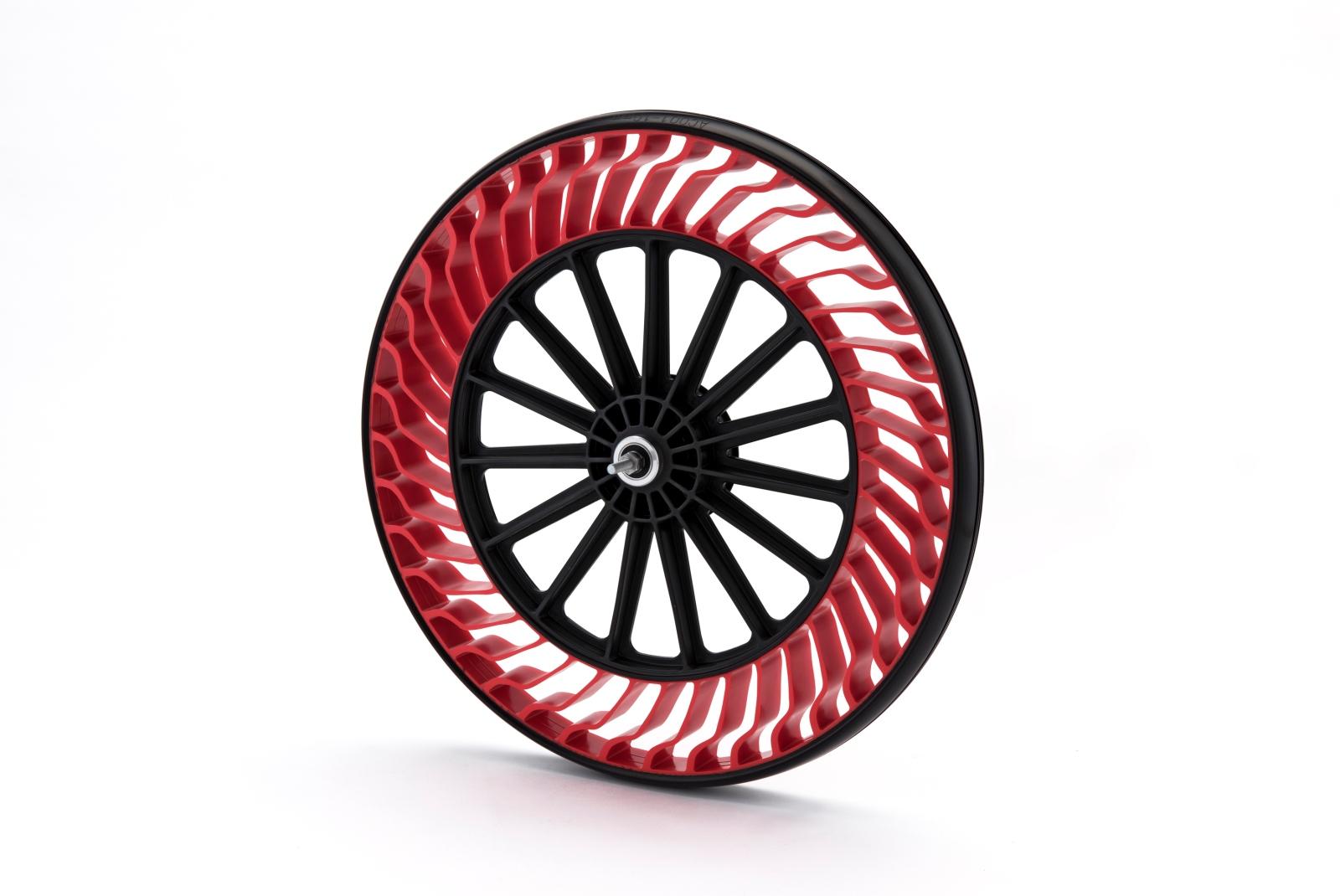Nicolas
Member
I'm pretty excited to hear about a partnership between Bridgestone Corporation and Bridgestone Cycle, which is introducing an airless tire made from recyclable resin. It's been a long time in the making and I had heard nothing for the past 5 years.
http://www.bridgestone.com/corporate/news/2017041701.html

It won't be made available until 2019.
There is an alternative currently available, the BriTek tire: http://www.energyreturnwheel.com/Home.aspx
Has anyone seen or ridden on one?
http://www.bridgestone.com/corporate/news/2017041701.html

It won't be made available until 2019.
There is an alternative currently available, the BriTek tire: http://www.energyreturnwheel.com/Home.aspx
Has anyone seen or ridden on one?